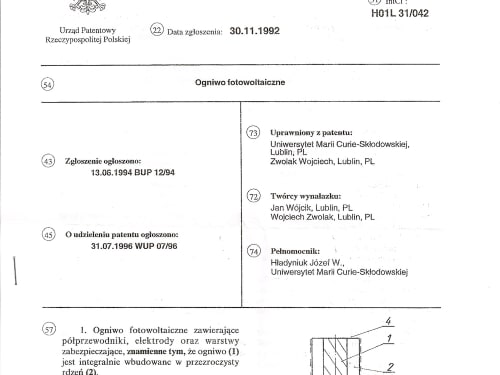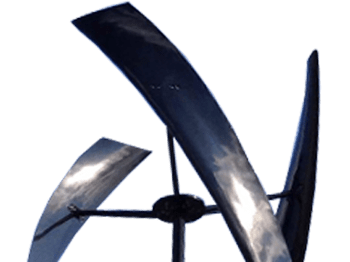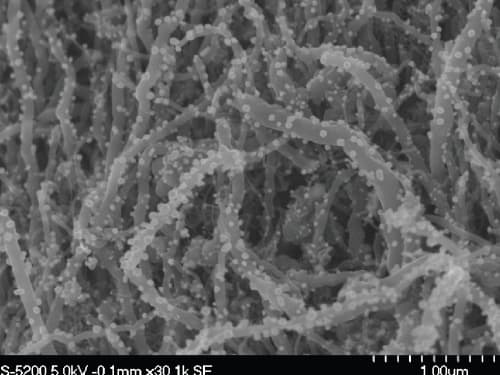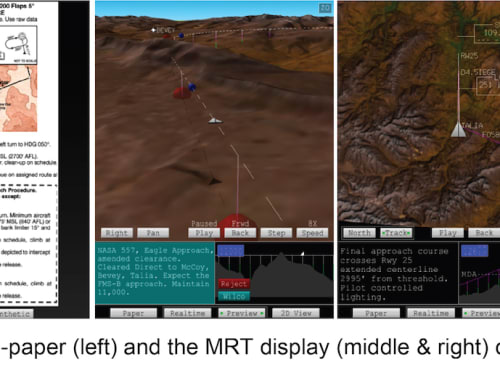The 2025 Contest is Now Open for Entries!
Submit your best new product ideas in any of seven categories for a chance at $25,000 USD and other great prizes. Here’s how to get started.
Help build a better tomorrow
Since Tech Briefs magazine launched the Create the Future Design contest in 2002 to recognize and reward engineering innovation, over 15,000 design ideas have been submitted by engineers, students, and entrepreneurs in more than 100 countries. Join the innovators who dared to dream big by entering your ideas today.
Read About All the 2024 Winning Inventions

Special Report spotlights the eight amazing winners in 2024 as well as honorable mentions in each category, plus the top ten most popular entries as voted by our community.
Click here to read moreA ‘Create the Future’ Winner Featured on ‘Here’s an Idea’
Spinal cord injury affects 17,000 Americans and 700,000 people worldwide each year. A research team at NeuroPair, Inc. won the Grand Prize in the 2023 Create the Future Design Contest for a revolutionary approach to spinal cord repair. In this Here’s an Idea podcast episode, Dr. Johannes Dapprich, NeuroPair’s CEO and founder, discusses their groundbreaking approach that addresses a critical need in the medical field, offering a fast and minimally invasive solution to a long-standing problem.
Listen nowThank you from our Sponsors
“At COMSOL, we are very excited to recognize innovators and their important work this year. We are grateful for the opportunity to support the Create the Future Design Contest, which is an excellent platform for designers to showcase their ideas and products in front of a worldwide audience. Best of luck to all participants!”
— Bernt Nilsson, Senior Vice President of Marketing, COMSOL, Inc.
“From our beginnings, Mouser has supported engineers, innovators and students. We are proud of our longstanding support for the Create the Future Design Contest and the many innovations it has inspired.”
— Kevin Hess, Senior Vice President of Marketing, Mouser Electronics
contest/2015
2015
NASAs Kennedy Space Center has developed a novel ruggedized housing for an electrical or fluid umbilical connector that prevents intrusion of dust, sand, dirt, mud, and moisture during field use under harsh conditions. The technology consists of a pair of hand-sized protective umbilical interface housings, each containing a connector with an integrated end cap.
Power Module, the electric drive powered laser beam is based on my patent - Fiber Photovoltaic Cell.
The module is built from multiple Fiber Photovoltaic Cells, arranged in parallel in the form of three-dimensional example cuboid. The dimensions of the module can be arbitrary and so 1m x 1m x 1m module size,
Sleeved Shock Absorber
The concept here is to have a shock absorber that is simple to manufacture and yet can have a variable area orifice for a desired fluid restriction along the entire travel of the piston. This will allow having a lower restriction in the mid position of the shock absorber range allowing for a smoother,
As apart of our final year project, our team is working to set up vertical axis wind turbines(VAWT) along sides of railway tracks. We intend to utilize the gust of wind produced by trains moving by to move these vertical axis wind turbines and generate electricity.
Present day cars include a ton of features for safety like airbags, ABS, ESP, to name a few. All these are electronic controlled as they receive their signals from external environment through various sensors placed on the body, for example cameras, lasers, proximity sensors, etc.
NASA’s Langley Research Center developed a new technique that enables the preparation of metal/composite hybrid laminates, also known as fiber-metal laminates (FML), through a one-step processing method. Currently FMLs are prepared by a compression process using a press or autoclave with metallic layers sandwiched between layers of glass or graphite prepreg (preimpregnated fibers with a matrix resin).
NASA’s Langley Research Center has developed a novel method of depositing metal and metal oxide nanoparticles onto various substrates (see ACS Nano, 3(4), 871–884 [2009]). It is rapid, scalable, and green since it does not require reducing agents or solvents. The process involves first mixing and then heating a metal salt (usually an acetate) with the desired substrate.
The CertAlert Pendant makes it impossible for the wearer to forget to take their medication! It's also easy to use, attractive, and it's affordable.
The pendant alarms at the time medications are to be taken. The alarm is subtle at first and then builds in intensity if medication are not taken.
NASA’s Langley Research Center has developed a synthetic 3D visualization flight display, which presents flight data information in an intuitive way using 3D computer graphic capabilities. The flight crew can preview and rehearse flight maneuvers in a realistic environment. The display also provides an unimpeded visualization of the surrounding environment in the case of inclement weather,
NASA’s Langley Research Center offers a novel lifting and precision positioning device with hybrid functional characteristics of both crane-type lifting devices and robotic manipulators. The design of the Lunar Surface Manipulation System (LSMS) allows for fine positioning with complete control over both translation and rotation of the payload. In addition,
Page 42 of 89
















